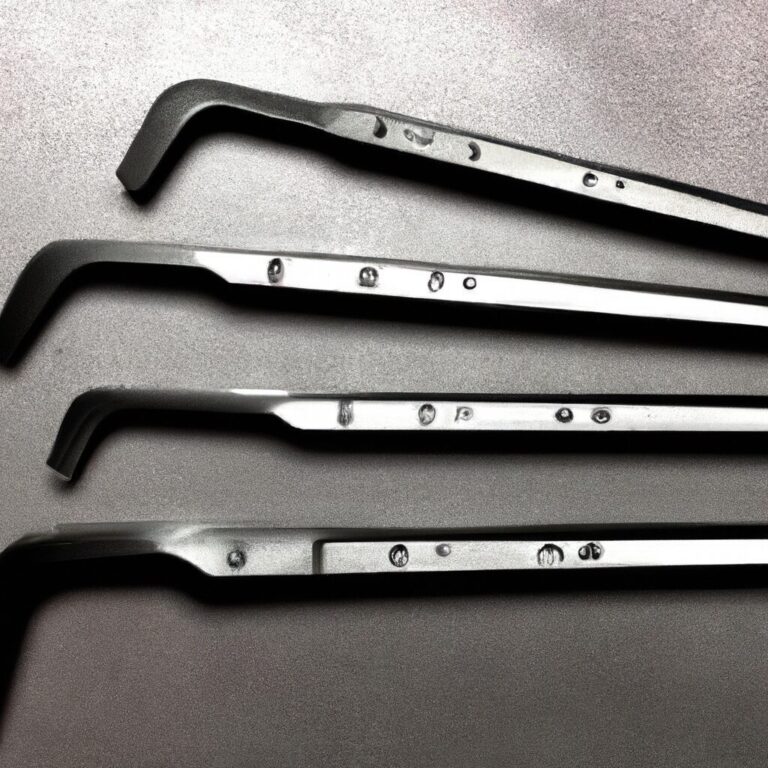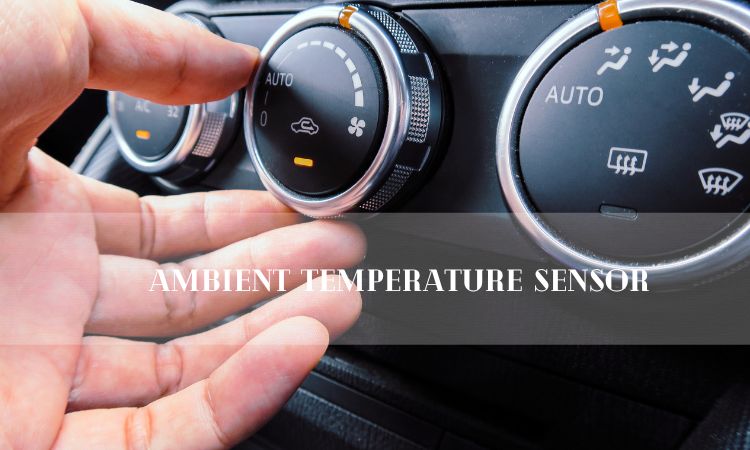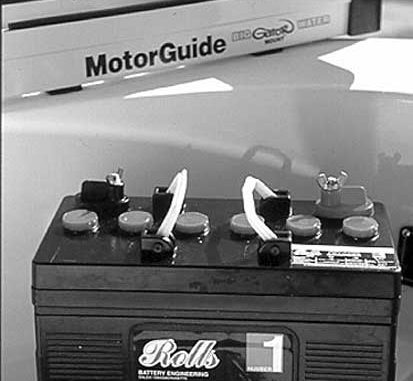Fast Fixes for Urgent Radiator Repair
Fast fixes for urgent radiator repair include checking for leaks, topping up coolant levels, and replacing malfunctioning radiator valves. Is your car’s radiator in need of urgent repair?
Radiator issues can cause your vehicle to overheat, leading to potential engine damage. Luckily, there are several fast fixes you can undertake to address radiator problems promptly. These fixes include checking for leaks, which can be identified through the presence of puddles or white smoke; topping up coolant levels to ensure proper heat dissipation; and replacing malfunctioning radiator valves.
By addressing these issues promptly, you can prevent further damage to your engine and keep your vehicle running smoothly. Read on to learn more about these fast fixes for urgent radiator repair and get your car back on the road in no time.
Identifying The Issue
Discover the underlying issue with your radiator swiftly to execute urgent repairs efficiently, ensuring optimal functionality and preventing further damage. Swift identification of the problem is key for implementing fast solutions and avoiding costly repairs down the line.
Identifying the Issue: Check for Leaks Inspect under the car for puddles or drips of coolant, a sign of a potential leak. Monitor Coolant Levels Regularly check the radiator for any drop in coolant levels, which could indicate a problem.
Credit: m.facebook.com
Temporary Solutions
When your car’s radiator starts malfunctioning, it’s important to address the issue immediately to prevent further damage. While a proper repair is always recommended, there are temporary solutions that can help you get back on the road in urgent situations. These quick fixes can buy you some time until you can visit a professional mechanic for a permanent solution. Here are two temporary solutions that you can try:
Use A Radiator Stop Leak Product
Radiator stop leak products are designed to temporarily seal leaks in your radiator and prevent coolant from escaping. These products usually come in a liquid form and contain special compounds that effectively plug small holes or cracks. To use a radiator stop leak product, simply follow the instructions provided by the manufacturer. Generally, it involves pouring the product into your radiator reservoir and allowing it to circulate through the system. The compound will then find the leaks and form a seal, allowing your radiator to function properly for a period of time.
Add Water In Emergency Situations
In emergency situations where a radiator stop leak product is not available, adding water to your coolant system can be a temporary solution. Water can help regulate the temperature and prevent your engine from overheating. However, it’s important to note that using only water as coolant is not ideal for the long term, as it lacks the necessary additives and anti-freeze properties found in coolant. To add water to your radiator, locate the radiator cap (when the engine has cooled down) and carefully pour water into the reservoir until it reaches the recommended level. Keep in mind that this is only a temporary solution, and you should visit a professional mechanic as soon as possible to address the underlying issue with your radiator.
While these temporary fixes may provide you with some relief in urgent situations, it’s crucial to understand that they are not permanent solutions. A professional radiator repair or replacement is always recommended in order to ensure the optimal performance and longevity of your car’s cooling system. Remember, neglecting radiator issues can lead to more severe problems and costly repairs down the line.
Preventive Measures
Preventive measures can offer fast fixes for urgent radiator repair needs. By taking proactive steps, such as regular maintenance and addressing minor issues promptly, you can prevent major radiator problems and ensure efficient cooling for your vehicle.
Regular Maintenance: Regular maintenance of your radiator is crucial to extend its lifespan and prevent urgent repairs. This involves visually inspecting the radiator for any signs of leaks, corrosion, or damage. Alongside, you should also check the coolant level regularly. A well-maintained radiator will ensure efficient cooling and minimize the risk of breakdowns. Consider a Coolant Flush: Performing a coolant flush at regular intervals is another preventive measure to keep your radiator in top shape. Over time, coolant can become contaminated with rust, dirt, or debris, which can hinder its ability to cool the engine effectively. A coolant flush involves draining the old coolant and replacing it with fresh coolant mix. This helps to maintain optimal cooling and prevent radiator clogs or overheating.Regular Maintenance
To ensure the proper functioning of your radiator, follow these maintenance tips: 1. Check for Leaks: Inspect the radiator for any signs of leaks, such as coolant stains or puddles underneath the car. If you notice any leaks, immediate action is required to prevent further damage. 2. Monitor Coolant Level: Regularly check the coolant level in the radiator and top it up if necessary. Low coolant levels can lead to overheating and engine damage. 3. Inspect Radiator Cap: Check the condition of the radiator cap, as a faulty cap can cause coolant loss or pressure issues. Replace it if necessary. 4. Clean the Exterior: Keep the radiator exterior clean and clear of debris, such as leaves or dirt. This ensures proper airflow and prevents overheating.Consider A Coolant Flush
Adding a coolant flush to your radiator maintenance routine is highly recommended. Here’s why: 1. Removes Contaminants: Over time, coolant can accumulate rust, dirt, and other contaminants. A coolant flush helps to eliminate these impurities, allowing the coolant to function optimally. 2. Prevents Clogs: Contaminated coolant can lead to radiator clogs, blocking the flow of coolant. A coolant flush removes any blockages, ensuring efficient cooling performance. 3. Preserves Cooling Efficiency: Fresh coolant has better heat transfer properties, ensuring that your engine stays cool even under demanding conditions. Remember, preventive measures are essential to avoid urgent radiator repairs and maintain the overall health of your cooling system. Implementing regular maintenance checks and considering a coolant flush will go a long way in keeping your radiator in excellent condition.
Credit: www.amazon.com
Seeking Professional Help
When facing radiator issues, seeking professional help is crucial Contacting a Mechanic.
Contacting A Mechanic
1. Search for a reliable mechanic in your area through local directories or online platforms.
2. Contact the mechanic and explain the radiator problem succinctly for a quick response.
3. Schedule a convenient time for the mechanic to assess the radiator issue.
Exploring Repair Or Replacement Options
1. Mechanics will examine the radiator to evaluate if a repair is possible.
2. If repair is not feasible, mechanics will discuss replacement options with you.
3. Consider cost, time, and warranty when deciding between repair or replacement.
Safety Precautions
When dealing with an urgent radiator repair, it’s vital to prioritize safety precautions to prevent injuries and accidents. Here are some crucial measures to keep in mind when handling radiator issues in your vehicle:
Letting The Engine Cool
Before starting any work on the radiator, it’s crucial to allow the engine to cool down completely. Never attempt to open the radiator cap when it’s still hot to avoid being scalded by the steam and hot coolant. Waiting for the engine to cool off is an essential step to ensure personal safety and prevent any potential burns or injuries.
Handling Hot Radiator Components With Care
When dealing with a radiator repair, it’s vital to handle all hot radiator components with extreme care. Avoid touching any hot surfaces directly and use protective gloves to prevent burns. Additionally, use caution when working around the radiator to reduce the risk of accidental contact with hot components, minimizing the likelihood of injuries.

Credit: tcaemergencysolutions.co.uk
Frequently Asked Questions Of Fast Fixes For Urgent Radiator Repair
What’s A Quick Fix For A Radiator Leak?
To temporarily fix a radiator leak, use a radiator sealant. Simply pour the sealant into the radiator and let your car run for about 10 minutes. This sealant will fill any small holes or cracks and prevent further leakage. Remember, this is just a temporary solution.
How Do You Temporarily Fix A Busted Radiator?
To temporarily fix a busted radiator, use a radiator stop leak product following the manufacturer’s instructions.
How Do You Stop A Radiator Leak In An Emergency?
To stop a radiator leak in an emergency, you can use a commercial radiator stop leak product. Simply pour it into the radiator to temporarily seal the leak. Additionally, you can also try using egg whites to plug the leak.
Remember to seek professional help as soon as possible.
Can A Radiator Be Repaired In A Day?
Yes, a radiator can usually be repaired within a day, depending on the extent of the damage and availability of parts.
Conclusion
In a pinch, these fast radiator fixes can get you back on the road quickly. Don’t overlook regular maintenance to prevent future emergencies. Remember, safety first when dealing with radiator issues. Stay proactive and address any problems promptly for a smoother driving experience.
Keep your cool and drive safe!



